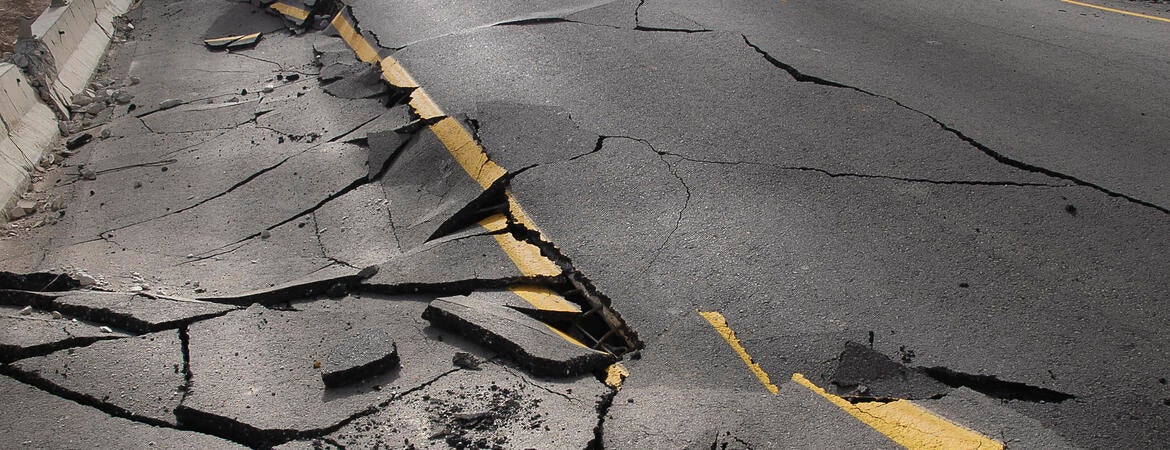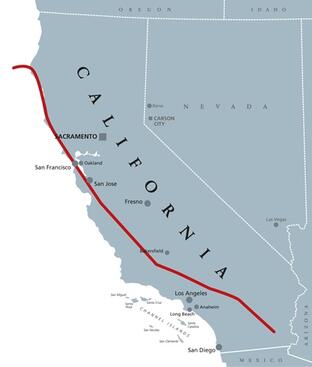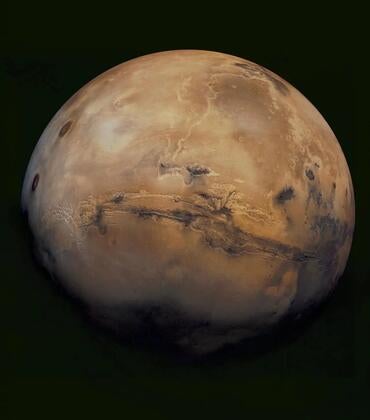
The magnitude 7.8 earthquake that killed — by current count — more than 6,000 people in Turkey and Syria on Sunday was produced by the same type of fault underlying most of California.
Sunday’s event could be felt more than 200 miles from its epicenter, and it has produced a humanitarian disaster in a region already suffering. As rescuers find more victims in the rubble, the number of dead and injured could increase by as much as eight times the current count, according to the World Health Organization.
Many in earthquake-prone California may have questions about the conditions that caused this tragedy, and whether the western U.S. is likely to suffer a similar fate. UC Riverside seismologist David Oglesby weighs in with answers. Oglesby is a professor of geophysics in UCR’s Department of Earth and Planetary Sciences.
Q: Are the conditions that caused the Turkish earthquake similar to conditions below ground here in California?
A: All earthquakes involve two slabs of rock that slide past each other. The question for us, as seismologists, is, ‘what is the orientation of the slabs, and what direction are they sliding?’ There are three fundamental types of faults: normal, reverse, and strike-slip faults.
This third type, the strike-slip fault, involves slabs that slide horizontally past each other. The East Anatolian fault in Turkey is a strike-slip fault, much like the the San Andreas fault that crosses much of California from the Salton Sea up to Cape Mendocino.
The San Andreas fault is by no means the only fault in California, but it is the 800-pound gorilla of faults here. It’s the only one from the Bay area to the Mexican Border that is likely to produce what could approach a magnitude 8 earthquake.
Q: By current counts, more than 5,600 buildings in Turkey were flattened. How is our state likely to fare following a similar event?
A: I am not an engineer, but I believe our structures may fare better than the ones in Sunday’s event did. Most of our buildings, particularly certain critical ones, are designed to withstand significant shaking. Building collapse isn’t as big a danger in California as it is in Turkey. For many people here, a bigger danger is stuff falling. That isn’t to say some buildings won’t collapse.
A 7.8 magnitude event here will still be devastating. Downtown Los Angeles is built on a basin filled with soft sediment that would act like a bowl full of jello in a big earthquake.
In 2008, the U.S. Geological Survey led a study to predict the fallout from an earthquake of this size in Southern California. They estimated more than 1,800 deaths, 50,000 injuries, and $200 billion in damage. People nearest the fault, including those in the Coachella Valley, Inland Empire and Antelope Valley would fare worst.
It’s not a matter of if, but when a quake of roughly this size hits Southern California. People need to take precautions and be prepared.
Q: Studies indicate that earthquakes can send out waves that trigger other earthquakes far from the original epicenter. Is there any possibility of the Turkish earthquake setting off faults on another continent?
A: The Turkish earthquake was easily detected by seismometers here. The question is, did the stress transfer to our faults? Most likely no, it probably did not trigger us. However, there is no magic distance at which triggering ceases. Long-distance stress transfer is an active area of study for us.
In some cases, an earthquake could even relax stress on a nearby fault. Everything depends on the geology and orientation of neighboring faults.
(Cover image: SDubi/iStock/Getty)




